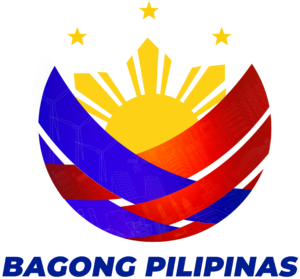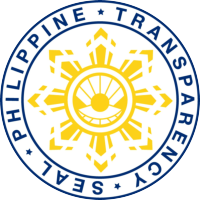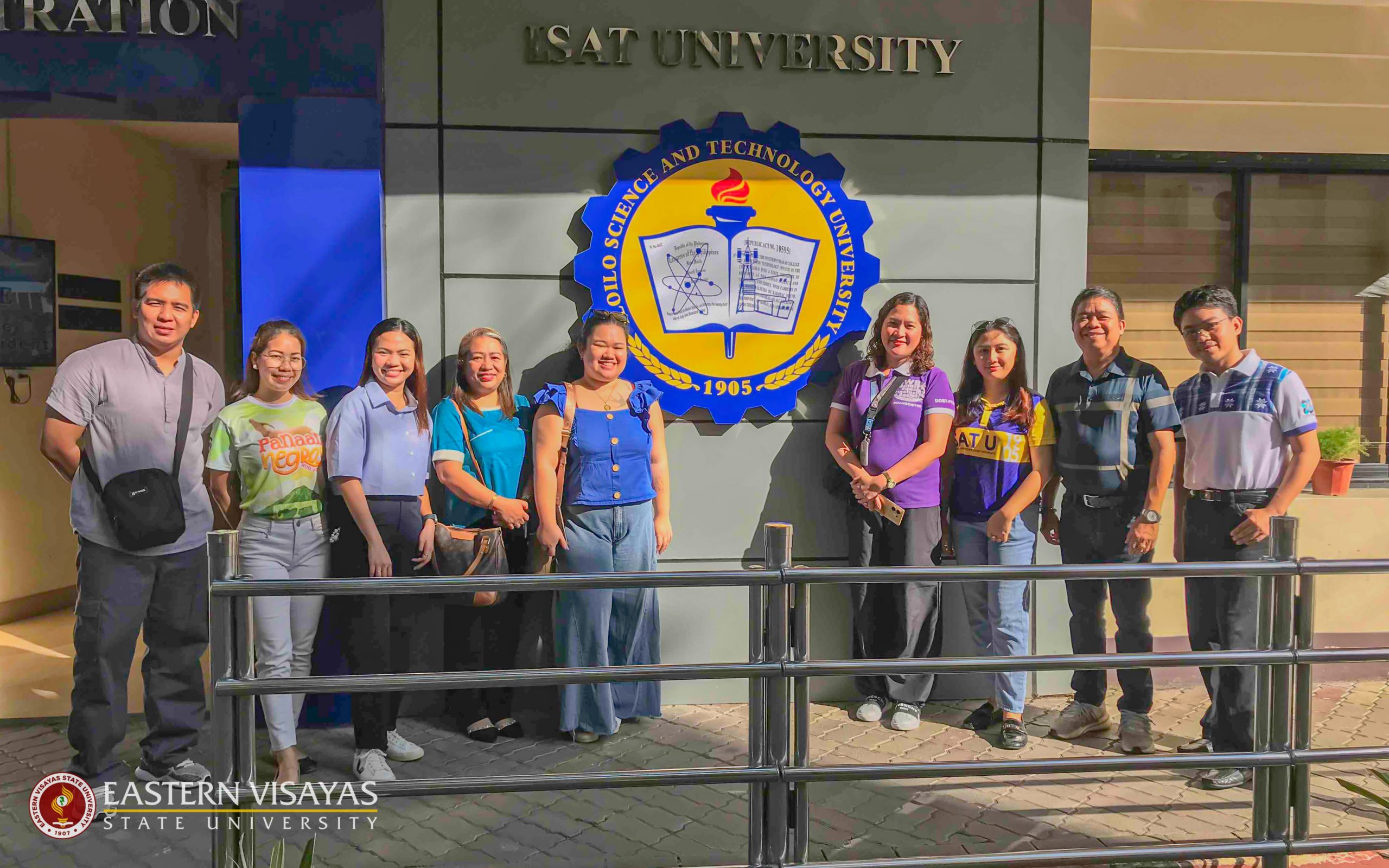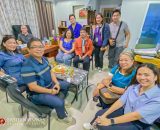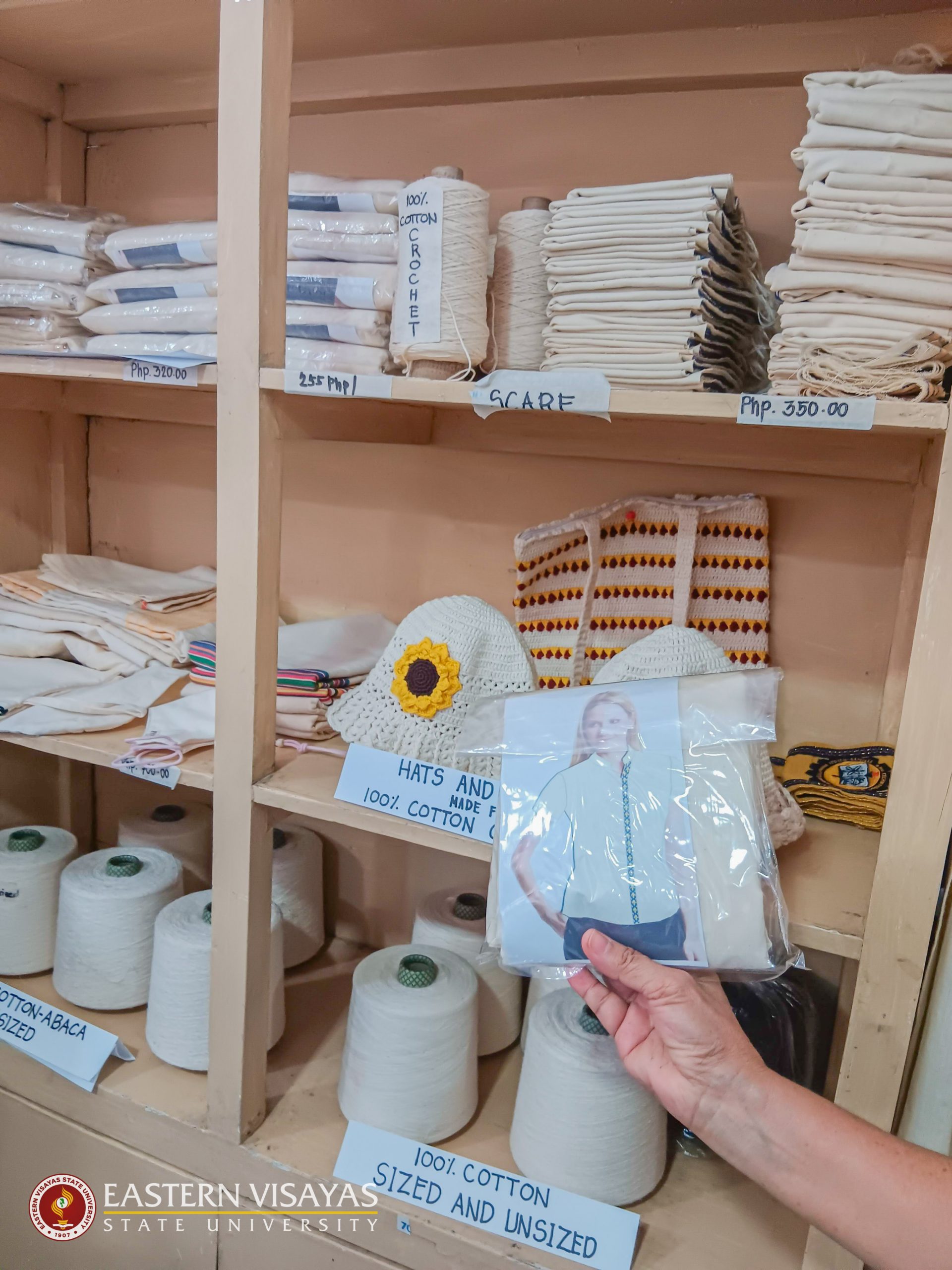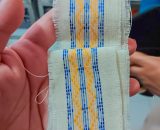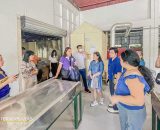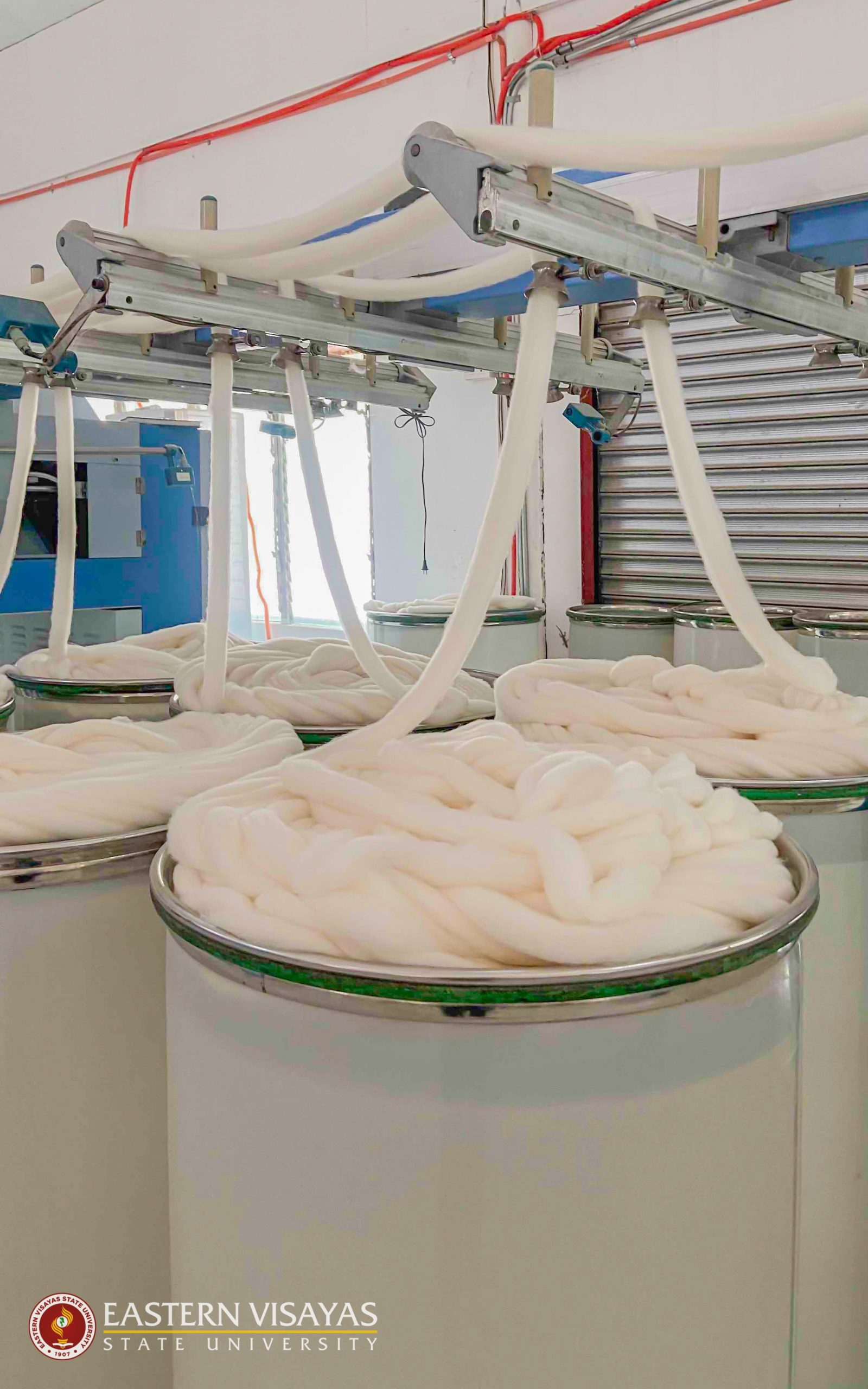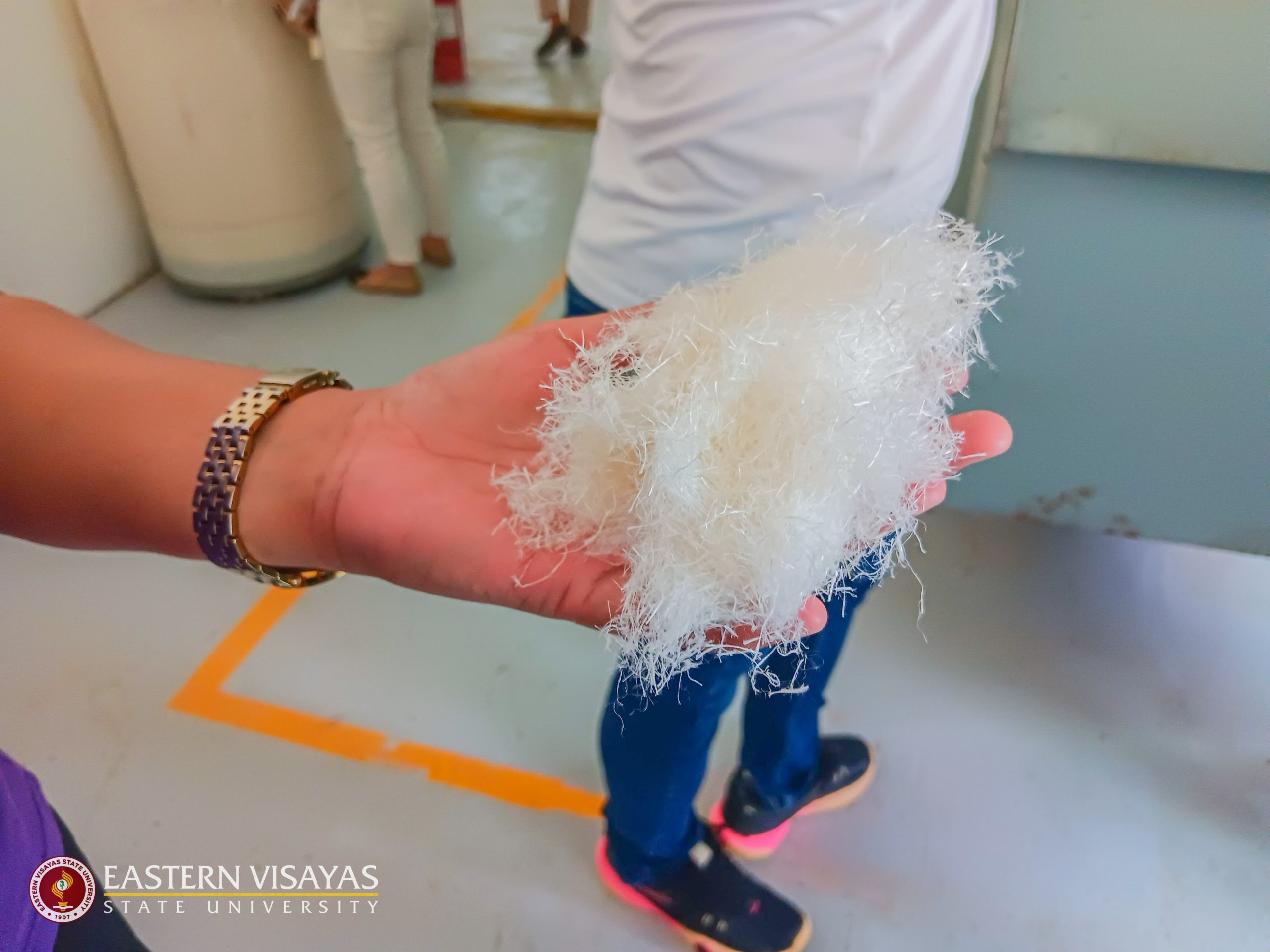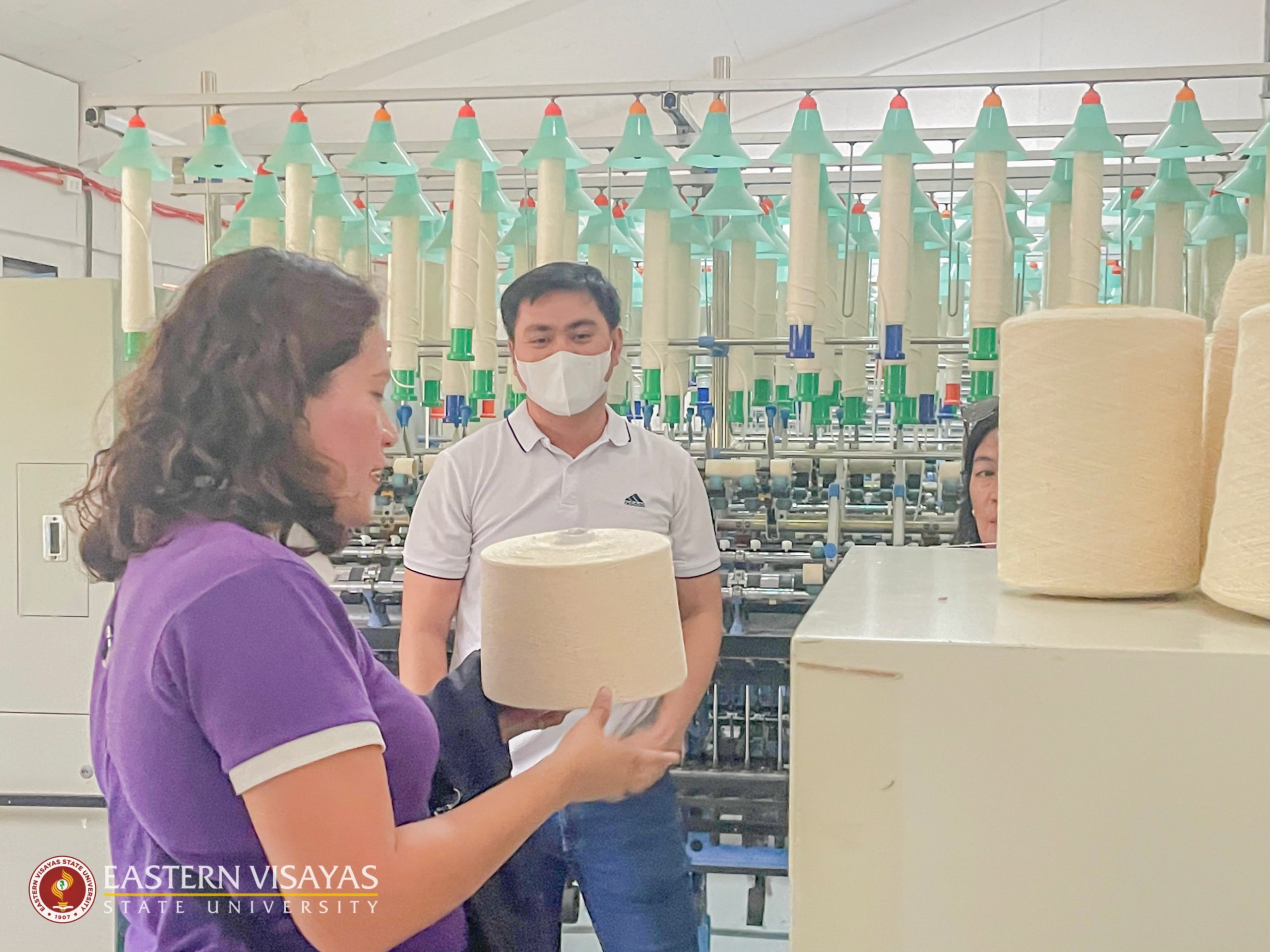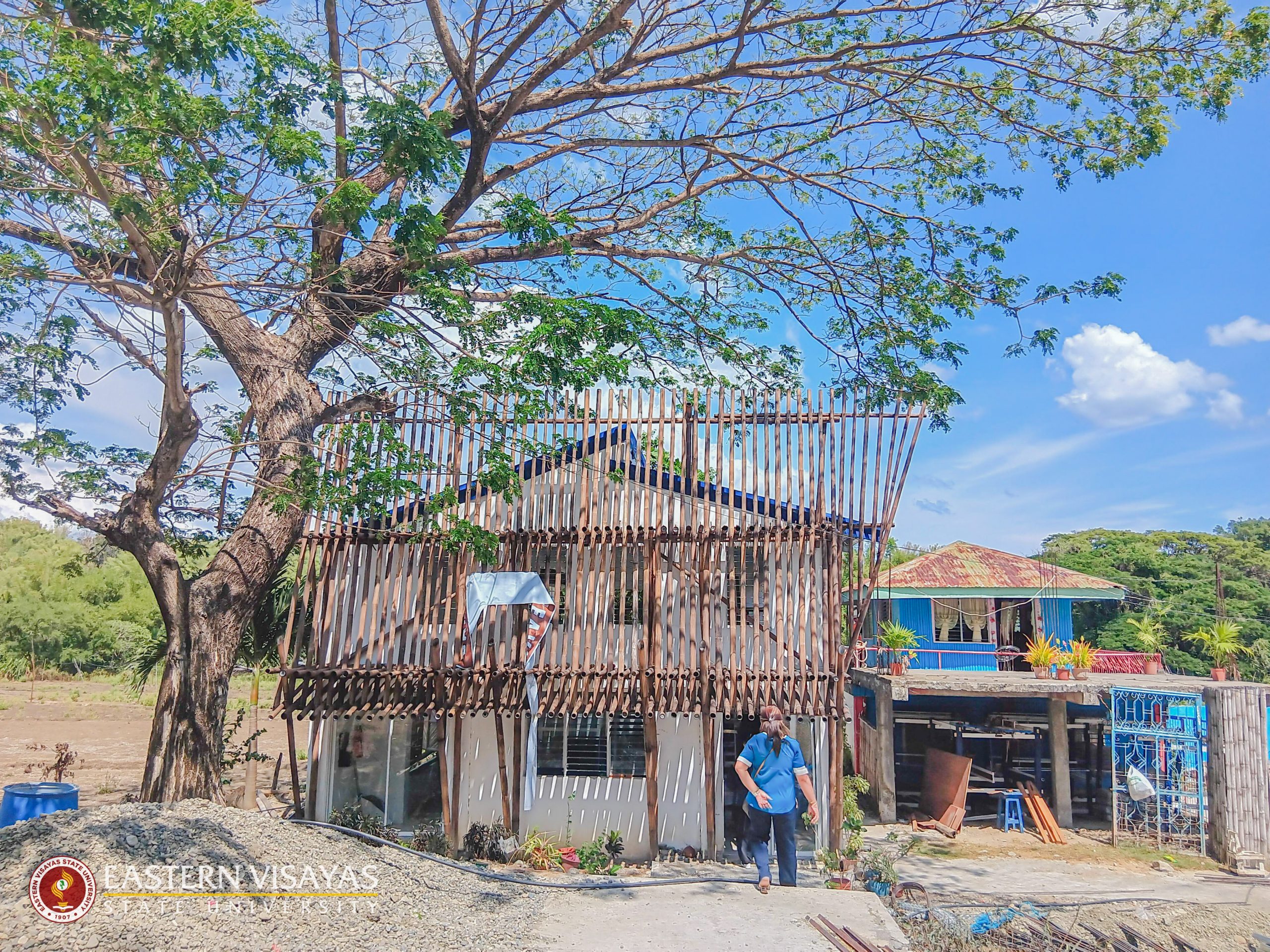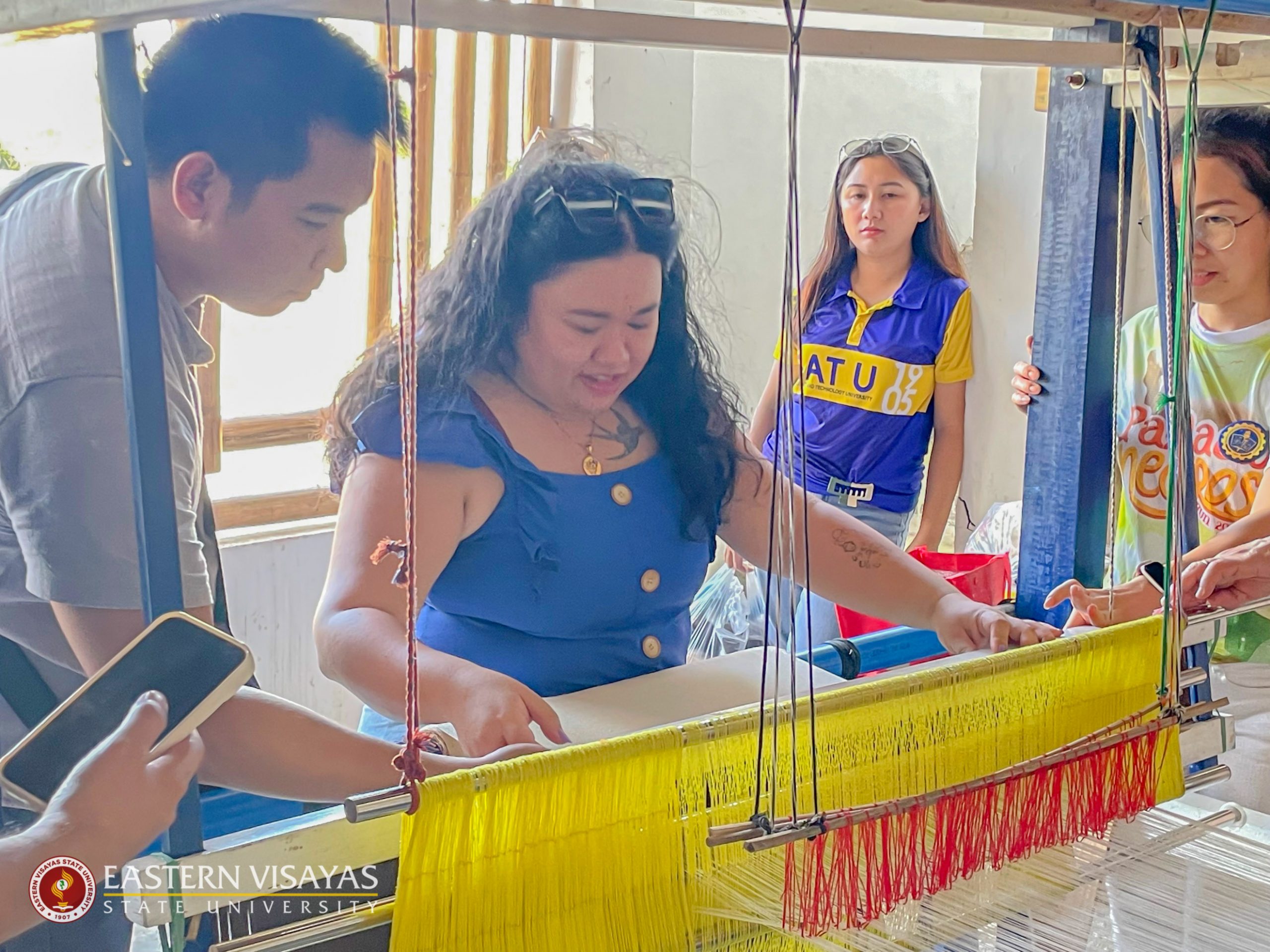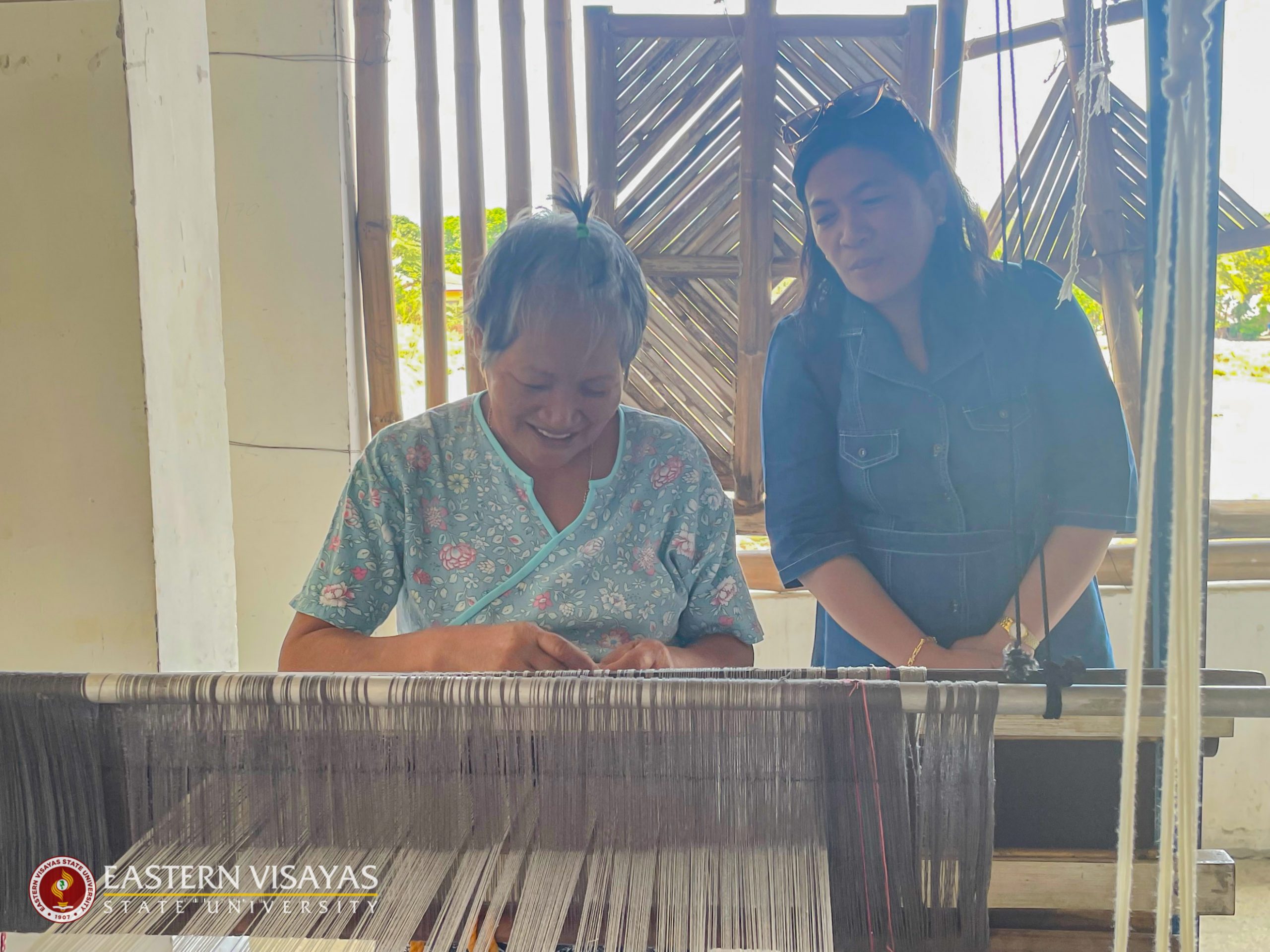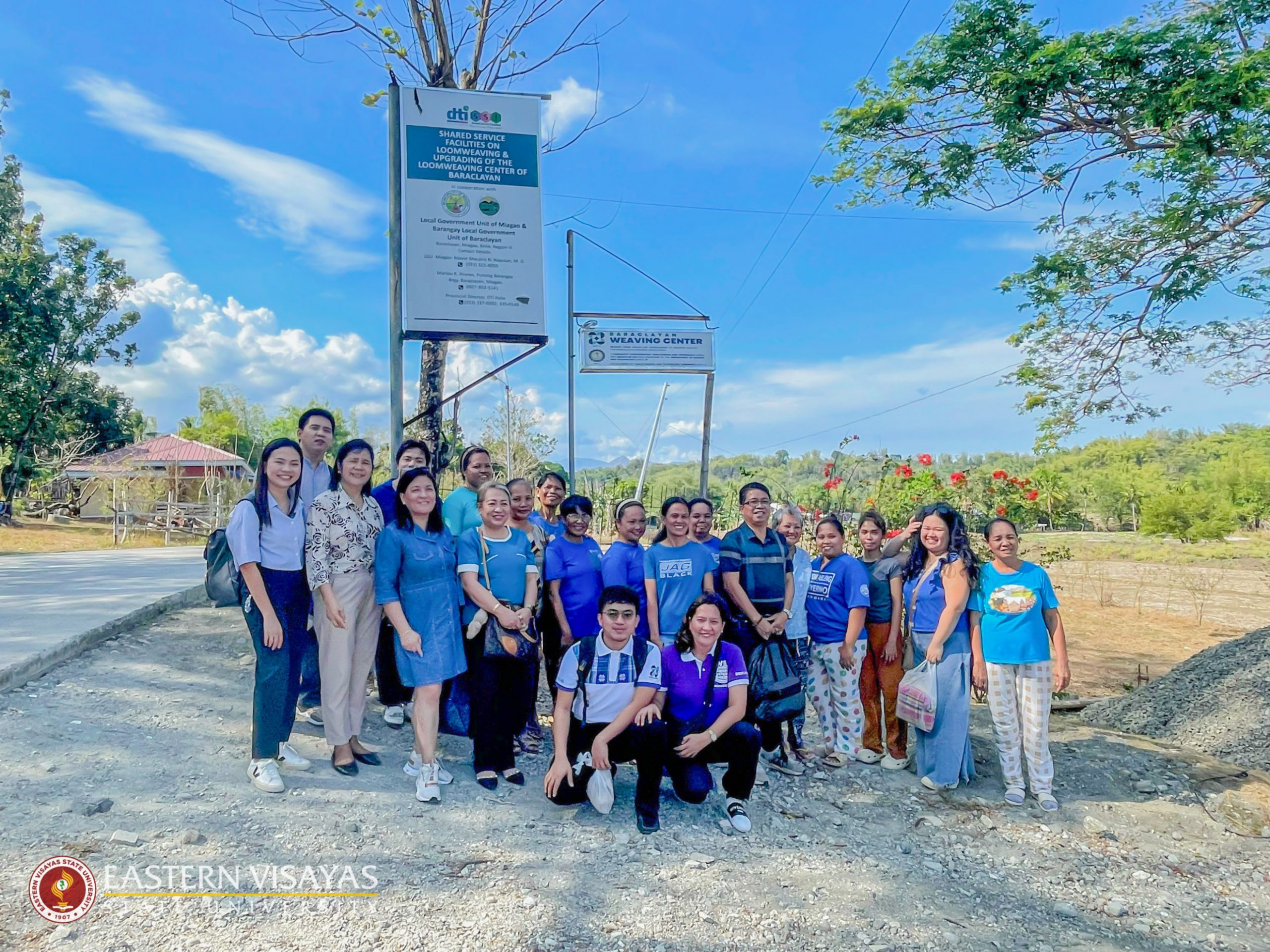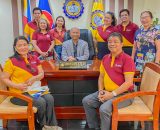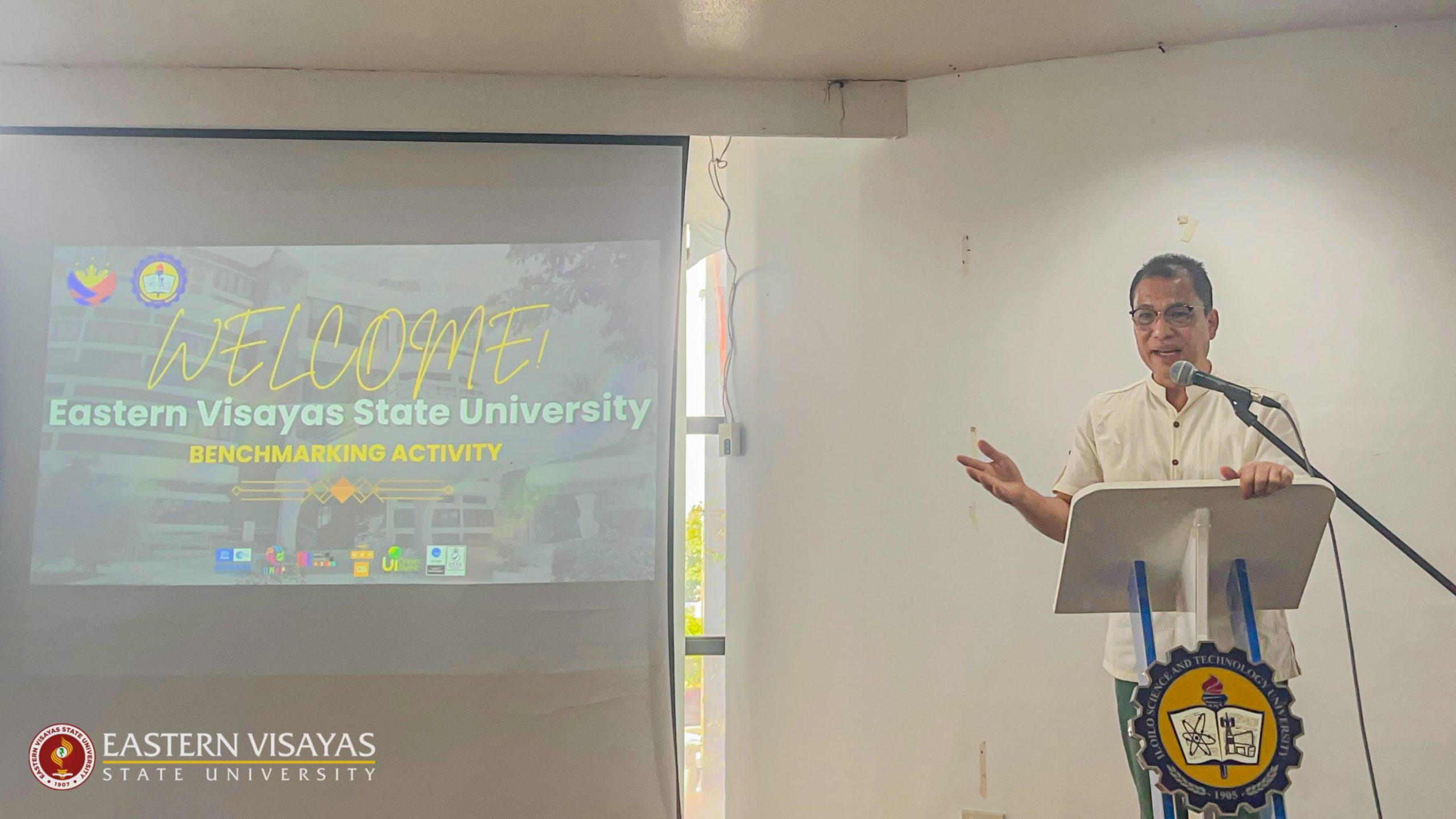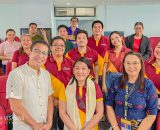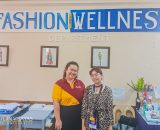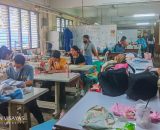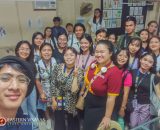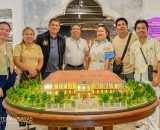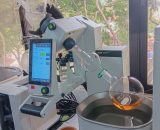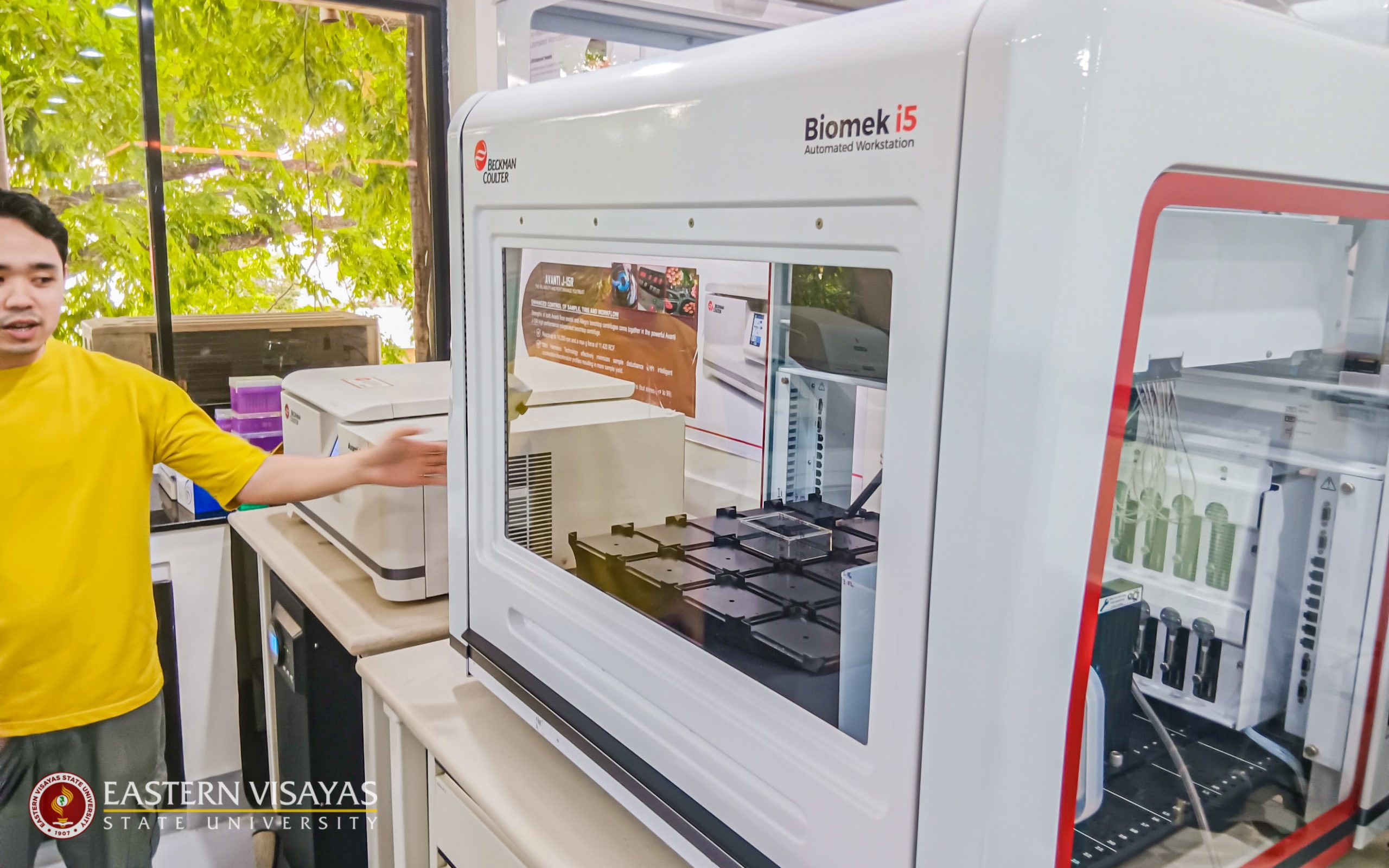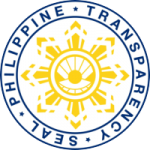The Memorandum of Agreement (MOA) signed last year by EVSU and DOST-PTRI (Philippine Textile Research Institute), signified the beginning of a shared vision of establishing a regional textile hub—a center for innovation, sustainability, and industry collaboration.
This vision continues to takes shape as the NTFIH EVSU Technical Core Team recently conducted a core benchmarking trip to the Province of Iloilo this March 25-29, 2025,
EVSU’s NTFIH team is spearheaded by Dr. Anayln Españo (VP Research & Development, and Extension Services) and participated by Dr. Renato Martija (Burauen Campus Director); Engr. Marites M. Bardelas (Head of the Physical Plant and Infrastructure Development Office – PPIDO); Prof. Lyka R. Comora (Head, Planning Office EVSU Burauen); Prof. Ma. Stefanie I. Caintic (NTFIH Project Leader); Prof. Rey Roland G. Macauba (NTFIH Technical and Machine Operations Specialist, COT Extension Coordinator); and Prof. Joel A. Gula (NTFIH Product Development, CAAD Extension Coordinator).
These benchmarking activities were designed to explore best practices, strengthen institutional linkages, and gather insights from established textile and innovation centers in Western Visayas. Each stop provided valuable learnings that will inform the development of the textile hub.
Day 1: Miagao – A Full Spectrum of Innovation and Tradition
The first day of the benchmarking trip began with a visit to the Iloilo Science and Technology (ISAT-U) Miagao Campus, where the delegation was warmly welcomed during a courtesy call with the Campus Administrator, Dr. Ramon N. Emmanuel Jr. This initial meeting set the tone for a day of meaningful engagements focused on both technological innovation and community livelihood.
The team was then toured around the Integrated Income Resource Generation Program Office (IIRGPO) headed by Dr. Melva N. Magote, which demonstrated the campus’ efforts of sustaining institutional operations through innovation-driven enterprises.
This was followed by the highlight of the visit to the Regional Yarn Production and Innovation Center (RYPIC), housed in the campus. At the RYPIC, the delegation witnessed how local fibers like pineapple and banana are transformed into quality yarn through state-of-the-art processing, blending traditional knowledge with modern science. The center serves as a model for how research and innovation can uplift regional textile industries while supporting sustainability.
The visit’s first day concluded with a visit to the Baraclayan Weavers Association, where members showcased their traditional handloom weaving techniques.
Conversations with the weavers highlighted their resilience, creativity, and hopes for continued support through market linkages and innovation. These experiences reinforced the importance of bridging grassroots craftsmanship with institutional and technological support—an approach central to the vision of the emerging NTFIH.
Day 2: Iloilo Science and Technology University – Strengthening Academic and Research Synergies
On the second day of the benchmarking trip, the delegation traveled to the Iloilo Science and Technology University (ISAT U) Main Campus, a leading institution known for its strong programs in industrial technology, research, and innovation.
The day began with a courtesy call with University President Dr. Gabriel M. Salistre, who shared ISAT U’s vision of fostering research-driven development and industry collaboration. The meeting reaffirmed the importance of strong institutional leadership in pushing forward regionally responsive initiatives like textile innovation.
Following the courtesy call, the team was accompanied by the Vice President for External Affairs, Dr. Nemia H. Mabaquiao on a tour of ISAT U’s facilities and programs.
The next stop in ISAT University Main was the five-storey hub dedicated to Research and Extension Services. Vice President Dr. Carmelo V. Ambut, Dr. Gwen M. Anuevo (Chair of the Center for Natural Sciences Research & Development), Dr. Adrienne D. Veloso (Director for Extension Services) shared video presentations on the noteworthy research work and impactful extension programs the university has produced.
A candid and pragmatic discussion ensued after that focused on best research and extension practices, working in government service, challenges in state universities; with both universities sharing each other’s experiences.
The visit provided insights into how the ISAT U structures its research initiatives, engages with communities, and integrates innovation into teaching and extension services.
A key moment of the day was the tour of the College of Industrial Technology, particularly the Fashion and Wellness Department, where faculty presented ongoing projects and student outputs related to textile design, garment production, and wellness-focused product development. The department’s blend of practical skills training, creative design, and research application laid out a clear model for how higher education institutions can contribute meaningfully to the textile industry.
Through key visits of ISAT U’s facilities, the NTFIH core team deepened their understanding of how academic institutions can serve as incubators for innovation while remaining grounded in the needs of local industries—a lesson that aligns directly with the goals of the textile hub initiative.
Day 3: University of San Agustin – Interdisciplinary Innovation and Cultural Integration
The final day of the tour began at the Center for Heritage and Indigenous Culture (CHIC), headed by Dr. John Paul J. Petrola. The CHIC champions the documentation and promotion of local traditions, languages, and art forms with an advocacy of uplifting the quality of life for the indigenous peoples of Western Visayas.
The visit emphasized the relevance of cultural grounding in the development of contemporary textile narratives, particularly in integrating indigenous identity into creative outputs.
Following this, the team then toured the USA Archives and Museum, where historical artifacts and curated exhibits provided context to the region’s evolution in terms of faith, craft, culture, and community. These spaces reinforced the importance of weaving historical consciousness into new initiatives such as the textile hub.
In addition to heritage-focused centers, the delegation visited several research and development facilities that demonstrated USA’s leadership in scientific innovation:
- The Tuklas Lunas NMR Laboratory (Visayas) and Center for Natural Drug Discovery and Development presented advancements in natural product research—many of which intersect with sustainable material development and bio-based applications.
- At the Center for Chemical Biology and Biotechnology and the Center for Informatics, the team saw how biotechnology and data science are being applied to regional and global challenges, further illustrating the potential for interdisciplinary approaches in textile research and design.
- The Center for Advanced New Materials, Engineering and Emerging Technologies (CANMEET) showcased its work in materials science, which could inform textile durability and innovation.
The team’s holistic experience at the University of San Agustin affirmed how the integration of culture, science, and technology creates fertile ground for innovation. These insights are expected to help shape the vision and operational framework of the planned textile hub, ensuring it is not only technologically equipped but also culturally responsive and future-oriented.
Looking Ahead: From Lessons to Local Action
The three-day benchmarking trip provided the delegation with a wealth of insights—from sustainable yarn production and indigenous weaving practices to academic-industry linkages and interdisciplinary research.
These experiences reaffirmed the value of collaboration, cultural integrity, and innovation in building a responsive and future-ready textile hub. With inspiration and best practices in mind, preparations now shift back home, where renovations for the textile hub at EVSU Burauen Campus are set to begin in the coming months.
As the project enters a new phase of implementation, the commitment to honoring local heritage while embracing innovation remains at the core of its development—bringing the vision one step closer to reality.
This article is aligned with the Sustainable Development Goal (SDG) 09: Industry, Innovation, and Infrastructure; SDG 8: Decent Work and Economic Growth; SDG 12: Responsible Consumption and Production; SDG 17: Partnership for the Goals
via Prof. Ma. Stefani I. Caintic | COT
Edited by: JS Beleña | UMDC


